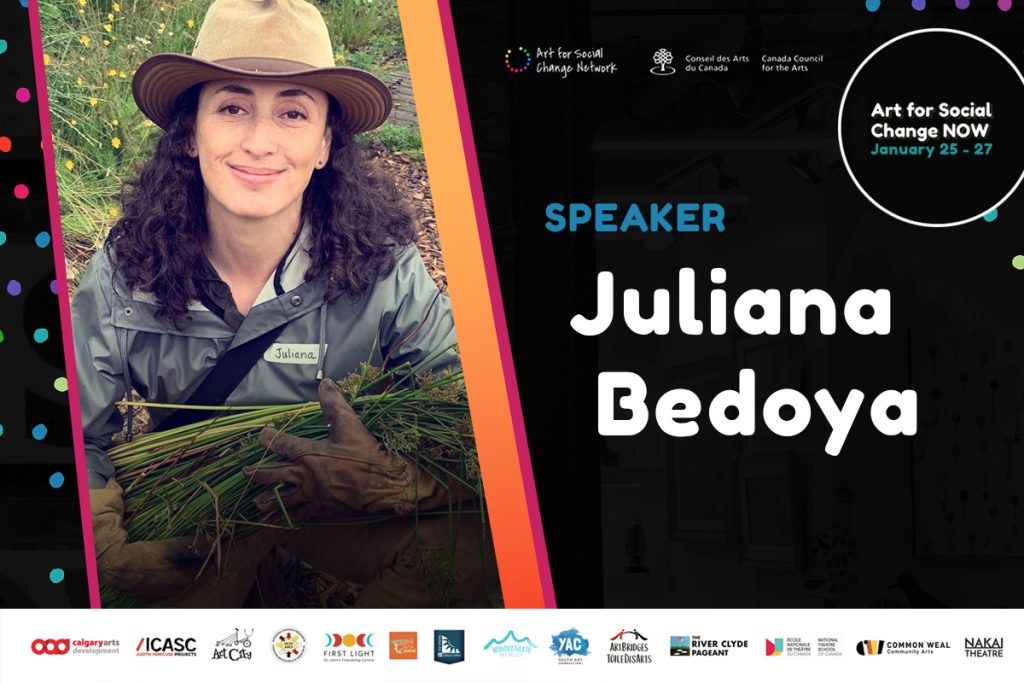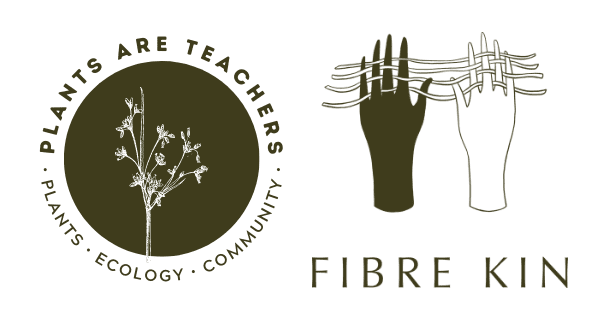I was invited to talk at the Art for Social Change Now gathering about the work I have been doing with the Conservation Council of New Brunswick as part of a remote artist residency I have been leading since 2020. It was an honour to be in the company of remarkable community-engaged artists, movers and shakers who are doing amazing work across Canada.
Right now, in every corner of Canada, community-engaged artists and organizations are nurturing new forms of collaborative creation, dialogue, partnerships, and action for positive change. Together we explored important questions: Who is doing the work? What are the current struggles and innovative solutions? How can we and how do we address issues of equity and justice? How are we rising to the critical challenges happening in the community-engaged arts landscape today? Come celebrate the power of transformative change through the processes of participatory artmaking!
Below is some of what I shared at the ASCN gathering.
Action Over Worry, Action Over Environmental Anxiety. Does that sound familiar? Have you repeated that to yourself before? This has been the mantra of our From Harm to Harmony: The Healing Power of Nature project since day 1. We have co-created a space where we feel comfortable sharing our concerns and our own eco-anxiety with a focus on taking action before letting our worries take over.
But we have also come to the conclusion that in order to mobilize change and climate action, we need to first heal ourselves and our relationship with the natural world. Coming from Harm to Harmony, that is the actual name of our group that came from Mario, one of our group members. Moving from the extractivist mindset that thinks of nature as a resource, to one that is relational, restoring kinship with the land and people.
Understanding that in order to see change, we need to speak to people who have different and sometimes opposing values. We need to nurture biocentric and inter-relational values first. We have also departed from the idea that change begins with small actions at an individual level, then happens in our families, in our communities, and then in our institutions.
I am currently leading this remote artist residency on opposite ends of Turtle Island. I am on Vancouver Island on the territory of the K’omox First Nation and working with a very diverse group of artists in New Brunswick. We have a varied representation in terms of cultural backgrounds, geographic locations, accessibility needs, artistic mediums including painting, video, non-visual art, songwriting, illustration, rug hooking, felting, weaving, carving, and more. But with one thing in common: they all want to use art to express their concerns about climate change and other environmental issues in their region.
Thanks to the Futures Forward mentorship program I was part of in 2020, I was paired with the Conservation Council of New Brunswick to lead this for what initially was going to be a 6 month residency project ending in March of 2021. But thanks to the incredible support from art and climate action champions like Louise Cameau, who truly believes in the power of art to transform narratives, and the value of sustaining and giving continuity to this important work, I have been there for over a year now, will continue for the rest of this year and possibly beyond that.
We have maintained our core group for over a year already and new participants have joined this process that has included: ongoing weekly Zoom meetings, creating individual and collaborative pieces for public art exhibitions, virtual artmaking sessions, skill-sharing opportunities, an online art sale and fundraiser, musical production, creating a community of practice and recently, our own internal mentorship program that will support and compensate artists to lead their own community-engaged projects in different regions of the province.
I am particularly excited about a multi-layered project we are creating right now called Come Home, We Are Kin. This project is resulting after many sessions that included engaging in poetry and songwriting, to then produce a professional recording of an Ancient Forest Lullaby. This song is going to be the soundtrack of the video piece that we are now creating where each one of us is creating one of the letters of the sentence “Come Home, We Are Kin”. We will video-document the whole process of this site-specific text-based installation that starts with making each letter separately in their medium of choice, and then installing it in a forest in their local surroundings. For this, we have participating artists not only from NB but also some from BC addressing this idea of embracing the continent coast to coast.
This is then going to be edited as a whole in one video piece and will be presented (both the video and the physical letters) in March along with other artwork as part of a travelling exhibition at the Sunbury Shores Arts and Nature Centre in St. Andrews and at the UNB Archives in Fredericton in April for Earth Day.
Personally, coming from a land-based practice that always engaged participants in person, this experience has changed everything for me in terms of what is possible and what is available for us to use art for social change.

